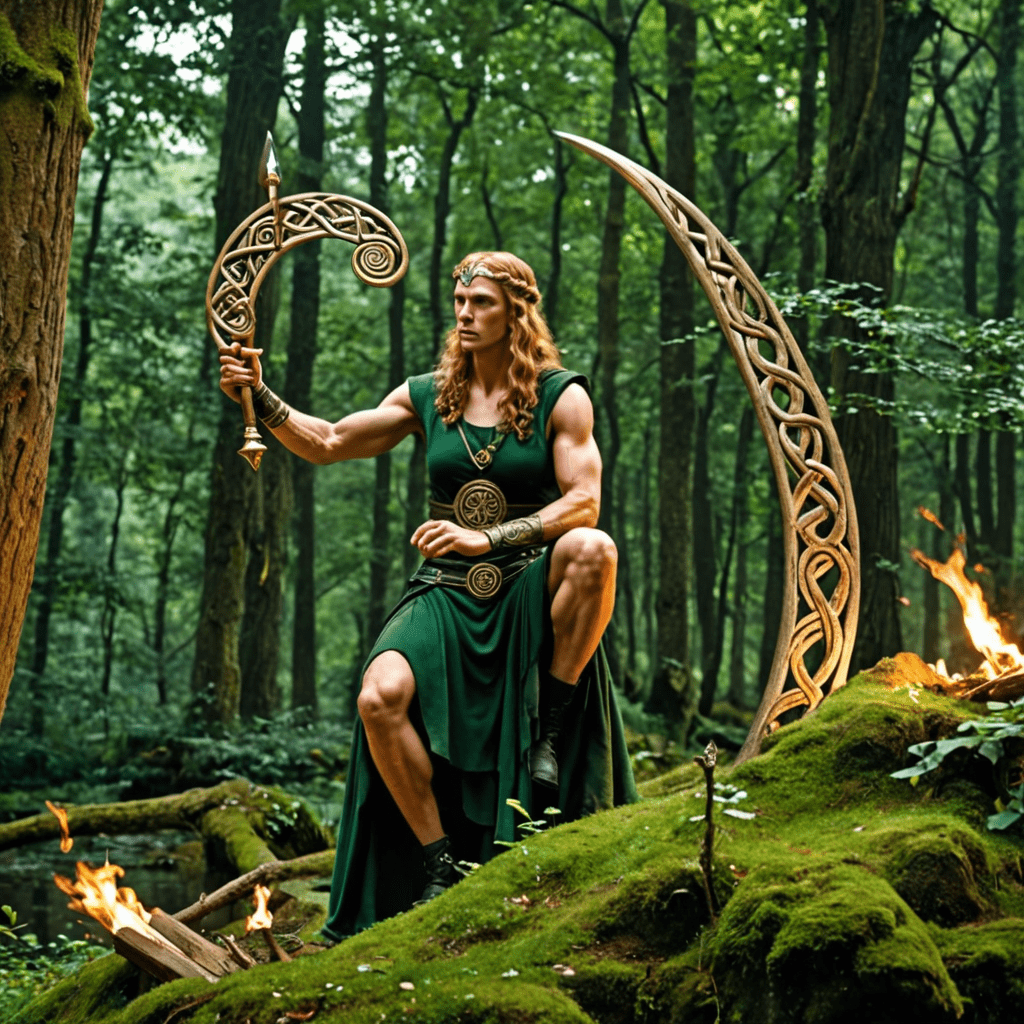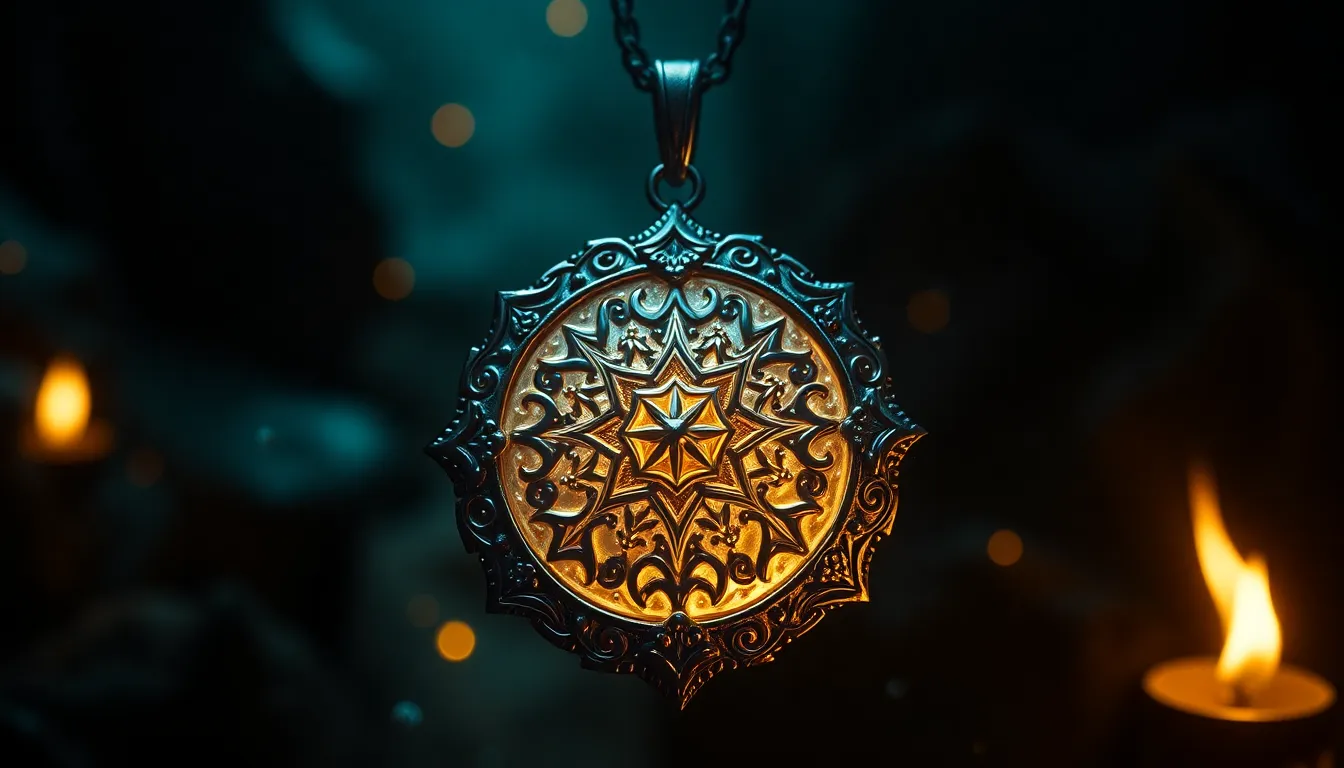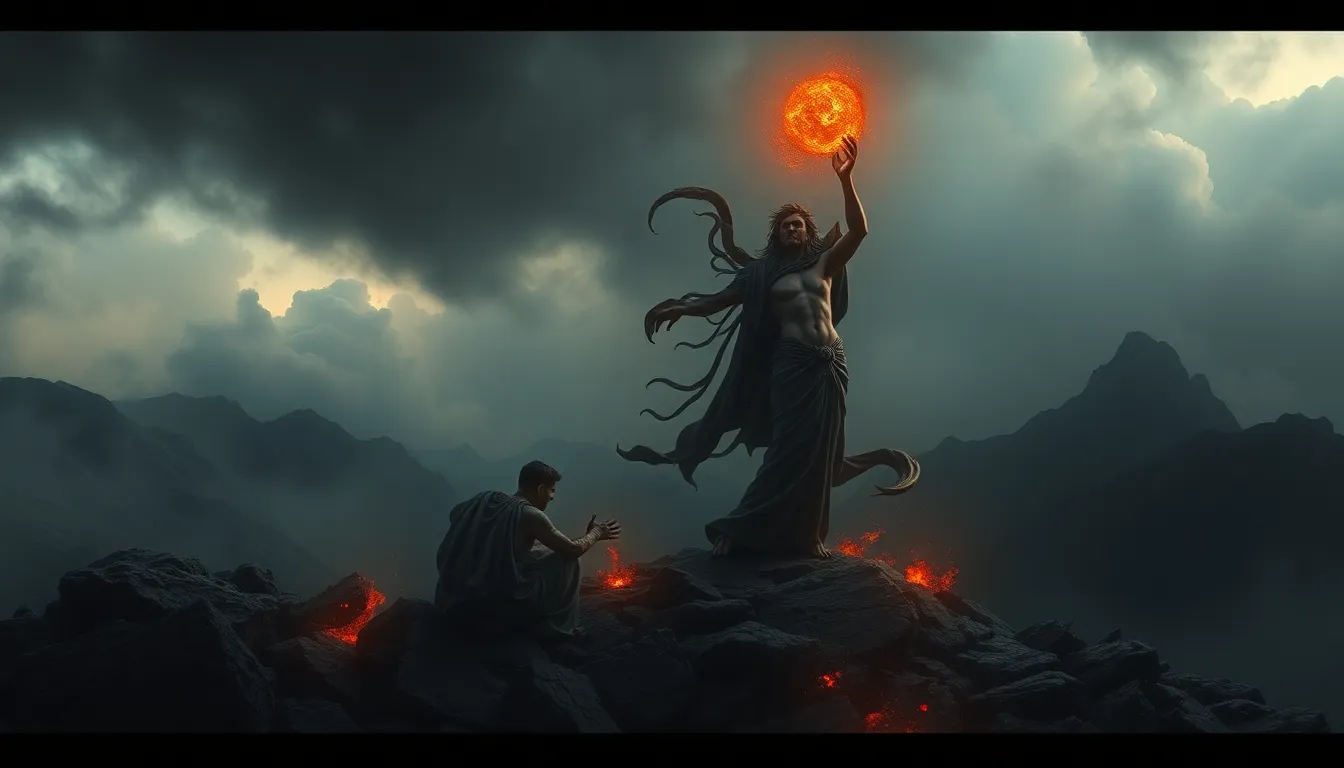The Influence of Celtic Mythology on Literature and Art
Celtic mythology has left a profound impact on a wide range of cultural expressions, including literature and art. Let’s delve into how these ancient myths have shaped the creative realms throughout history.
1. Mythical Inspirations in Literature:
Authors throughout the centuries have drawn inspiration from Celtic mythology to create rich and imaginative literary works. From the Arthurian legends rooted in Celtic themes to modern fantasy novels, such as J.R.R. Tolkien’s “The Lord of the Rings,” elements of Celtic lore can be found in numerous literary masterpieces. The mystical realms, heroic quests, and magical beings of Celtic mythology continue to captivate readers and inspire new generations of writers.
2. Artistic Representations of Celtic Legends:
Celtic mythology’s vivid imagery and symbolism have also deeply influenced various forms of art. Intricate Celtic knots, spirals, and animals like the iconic Celtic Cernunnos have appeared in paintings, sculptures, and even contemporary tattoo designs. Artists have incorporated these mythological motifs to reflect themes of nature, mysticism, and interconnectedness with the spiritual world, contributing to the diverse tapestry of artistic expression.
3. Preservation of Cultural Heritage:
By incorporating elements of Celtic mythology into literature and art, creators have contributed to the preservation of this ancient cultural heritage. Through storytelling and visual interpretations, these myths are kept alive for future generations to appreciate and learn from. This ongoing dialogue between past and present ensures that the essence of Celtic mythology remains relevant and cherished in modern society.
4. Cross-Cultural Influences:
Interestingly, the influence of Celtic mythology extends beyond literature and art within Celtic communities. It has also influenced other cultures and traditions, leading to a rich tapestry of cross-cultural exchanges. Elements of Celtic myth can be seen in popular culture, folklore, and even in the spiritual practices of individuals around the world, showcasing the enduring legacy of these ancient tales.
In conclusion, the profound influence of Celtic mythology on literature and art highlights the timeless appeal and significance of these ancient tales. Through imaginative storytelling and creative interpretations, Celtic myths continue to shape and inspire the artistic endeavors of today, ensuring that their magic endures for generations to come.
FAQ About the Influence of Celtic Mythology on Literature and Art
What is Celtic Mythology?
Celtic mythology refers to the collection of myths, legends, and folklore originating from the Celtic-speaking peoples of Ireland, Scotland, Wales, and Brittany. It encompasses stories of gods and goddesses, heroic tales, and mystical creatures.
How has Celtic Mythology influenced Literature?
Celtic mythology has inspired renowned literary works, such as Yeats’ poetry, Tennyson’s “Idylls of the King,” and Tolkien’s “The Lord of the Rings.” Themes of heroism, nature worship, and mystical realms are often drawn from Celtic myths, adding depth and richness to various literary genres.
What about its Influence on Art?
The influence of Celtic mythology on art can be seen in intricate designs, known for their interlacing patterns and symbolic representations. From ancient manuscripts like the Book of Kells to contemporary artwork, Celtic motifs continue to captivate artists worldwide, reflecting a deep connection to nature and spirituality.
How has Celtic Mythology impacted modern culture?
Modern culture continues to draw inspiration from Celtic mythology, evident in popular films, literature, and artwork. The enduring themes of bravery, magic, and the mystical world of Celtic legends resonate with audiences, contributing to the enduring legacy of this ancient tradition.


